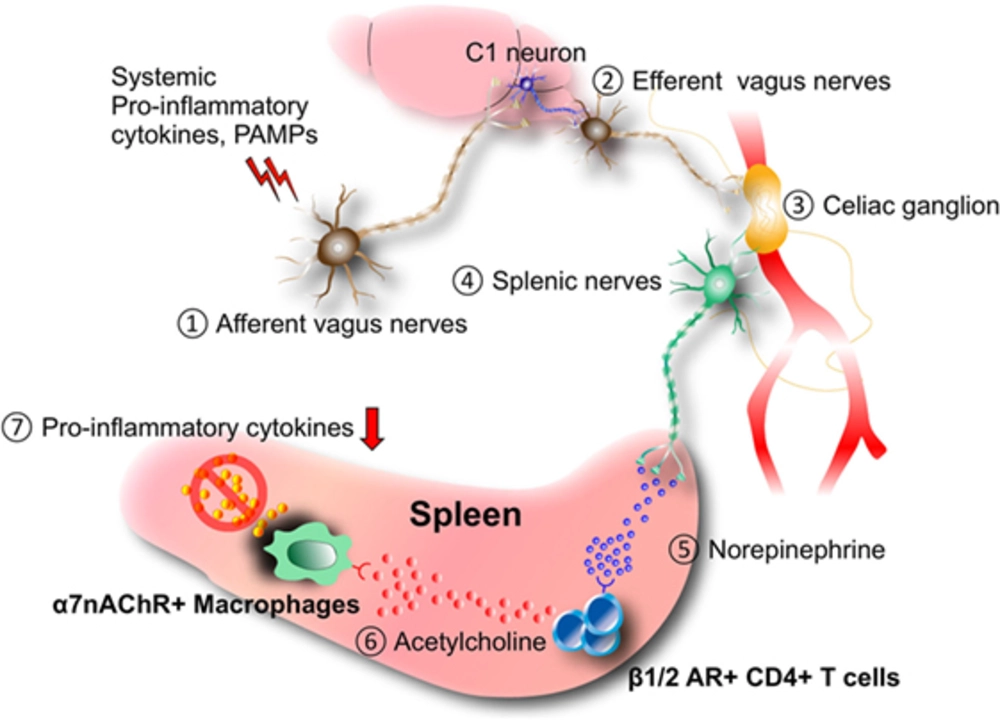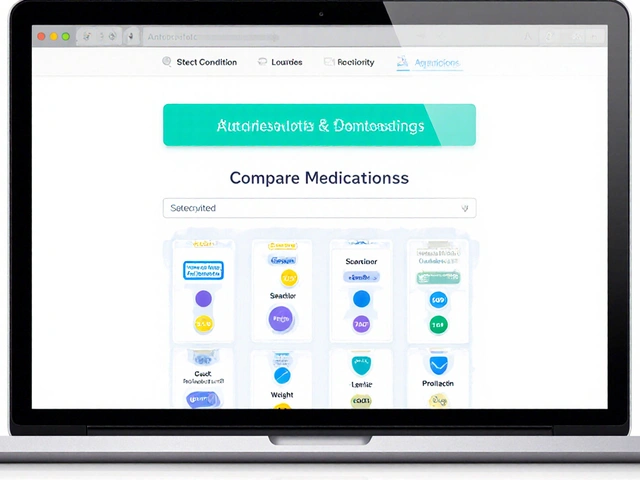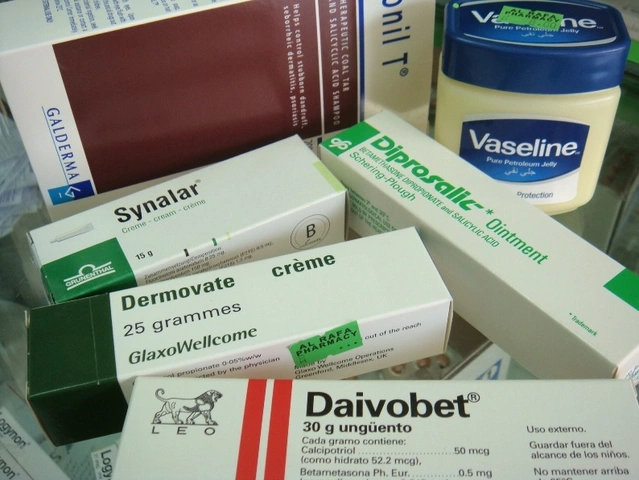Connection: How your meds, pharmacies and care team link up
Two pills you take might affect each other. Or a cheap website might sell a fake version of your prescription. 'Connection' here means the real-world links between medicines, pharmacies, and the people using them. This tag collects practical guides on drug interactions, safe online buying, alternatives, and how to reach reliable help.
Worried about two drugs mixing badly? Start by making a simple list: every prescription, over-the-counter pill, vitamin, and herb you take. Show that list to your pharmacist or doctor before starting anything new. Use reputable interaction checkers (FDA, clinical-pharmacy tools) only as a first step — they catch common issues but don’t replace a professional review. If something flags as risky, ask your clinician how urgent it is and whether a safer alternative exists.
Buying medicine online? Look for three things: a valid prescription requirement, clear contact information, and evidence the pharmacy is licensed. Red flags are low prices that seem too good, no phone number, or sites that skip prescriptions for controlled drugs. For readers in specific regions, follow local laws: some antibiotics and certain meds need in-person prescriptions where you live.
How to evaluate alternatives and substitutions
Doctors switch drugs for many reasons — allergy, resistance, cost, or side effects. When you see a list of alternatives (like to Flagyl, Lipitor, or Amoxil), focus on three points: how the drug works, expected benefits, and likely side effects. Check if the substitute needs dose adjustment for kidney or liver issues. Price and access matter too: sometimes the best option is the one you can reliably get and take on schedule.
Want to compare safely? Ask your clinician about monitoring steps: blood tests, follow-up calls, or signs to watch for. For many meds, a short trial with close follow-up is safer than long-term guessing.
When to get urgent help and where to look
If you get sudden chest pain, severe rash, breathing trouble, fainting, or uncontrolled bleeding after mixing medicines, seek emergency care. For confusion, alarming side effects, or suspected counterfeit drugs, contact your pharmacist or local health authority right away. Keep packaging and receipts — they help investigators and clinicians act faster.
PharmaServe pulls together practical posts under this tag: interaction guides (like didanosine or Lyrica+Zoloft), safe buying tips, alternatives lists, and contact resources. Use the Contact page if you need guidance on where to find a trusted pharmacy or how to report a bad online seller. Keep your med list current, ask questions, and stay connected to your care team — it's the simplest way to avoid dangerous surprises.

I recently explored the fascinating connection between skin irritations and food sensitivities. It turns out that certain foods can cause or exacerbate skin issues like eczema, acne, and rashes. This happens because our body reacts to these trigger foods by releasing inflammatory chemicals, which can manifest as skin problems. Identifying and eliminating these foods from our diet can significantly improve our skin health. So, it's definitely worth paying attention to what we eat and how it affects our skin.

In my recent research, I discovered an interesting connection between Calcipotriol and Vitamin D. Calcipotriol, a synthetic derivative of Vitamin D, is commonly used to treat psoriasis by promoting normal skin cell growth. This link highlights the importance of Vitamin D in maintaining healthy skin and preventing skin conditions. It's fascinating to see how a compound derived from a vitamin we often associate with bone health plays such a crucial role in skincare. So, next time you're out in the sun, remember that you're not just strengthening your bones, but also taking care of your skin!

As a copywriter, I've been researching the connection between Celecoxib and the immune system. It turns out that Celecoxib is a non-steroidal anti-inflammatory drug (NSAID) mainly used to treat pain and inflammation. Upon further investigation, I discovered that it works by inhibiting the production of prostaglandins, which play a crucial role in inflammation and immune response. This means that Celecoxib can potentially weaken the immune system's ability to fight off infections. However, more research is needed to fully understand the complex relationship between Celecoxib and our immune system.








